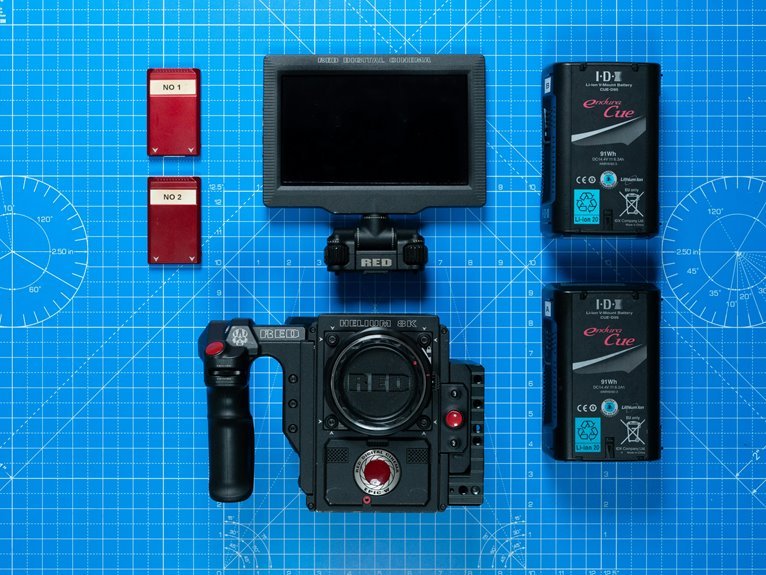The Coverage Zone ID 2140005859 serves a crucial function in telecommunications. It provides a framework for assessing network performance within a specified area. By analyzing connectivity metrics linked to this ID, service providers can identify strengths and weaknesses in their offerings. This analysis not only informs consumer choices but also drives service improvement initiatives. Understanding its implications may reveal deeper insights into the future of connectivity and service delivery strategies.
Understanding Coverage Zone ID
The concept of Coverage Zone ID serves as a crucial identifier within telecommunications and network management.
It delineates specific coverage zones, ensuring that service quality can be effectively monitored and optimized. By categorizing areas based on their connectivity and performance metrics, network providers can enhance user experience, thereby empowering individuals with reliable access to communication services while promoting autonomy in network usage.
The Role of Coverage Zone ID in Service Delivery
Coverage Zone ID plays a pivotal role in enhancing service delivery within the telecommunications sector by providing a systematic framework for evaluating and improving network performance.
This framework facilitates service optimization, allowing providers to identify areas for enhancement. Consequently, it promotes network efficiency, ensuring that resources are allocated effectively to meet user demands and improve overall service quality, ultimately fostering greater customer satisfaction.
Implications of Coverage Zone ID for Consumers
Understanding Coverage Zone ID extends beyond network performance metrics to its direct implications for consumers.
Consumer awareness of these identifiers is crucial, as they highlight location limitations that may restrict access to services.
Future Trends in Coverage Zones and Connectivity
As technology continues to evolve, emerging trends in connectivity are poised to reshape coverage zones significantly.
The rise of smart cities demands advanced infrastructure, driving the wireless evolution necessary for seamless communication. Enhanced network capabilities, including 5G and beyond, will redefine spatial dynamics, enabling greater accessibility and efficiency.
Consequently, coverage zones will expand, fostering innovative solutions that promote freedom and connectivity for all users.
Conclusion
In the intricate tapestry of telecommunications, Coverage Zone ID 2140005859 stands as a beacon, illuminating the pathways of connectivity. It not only charts the terrain for service providers but also empowers consumers to navigate their options with clarity. As the landscape of digital communication evolves, this identifier will continue to shape strategic enhancements, ensuring that every corner, once shadowed by limitations, is uplifted into the light of improved service and connectivity.





